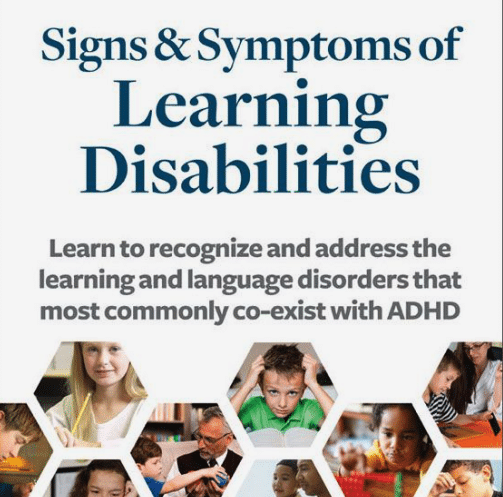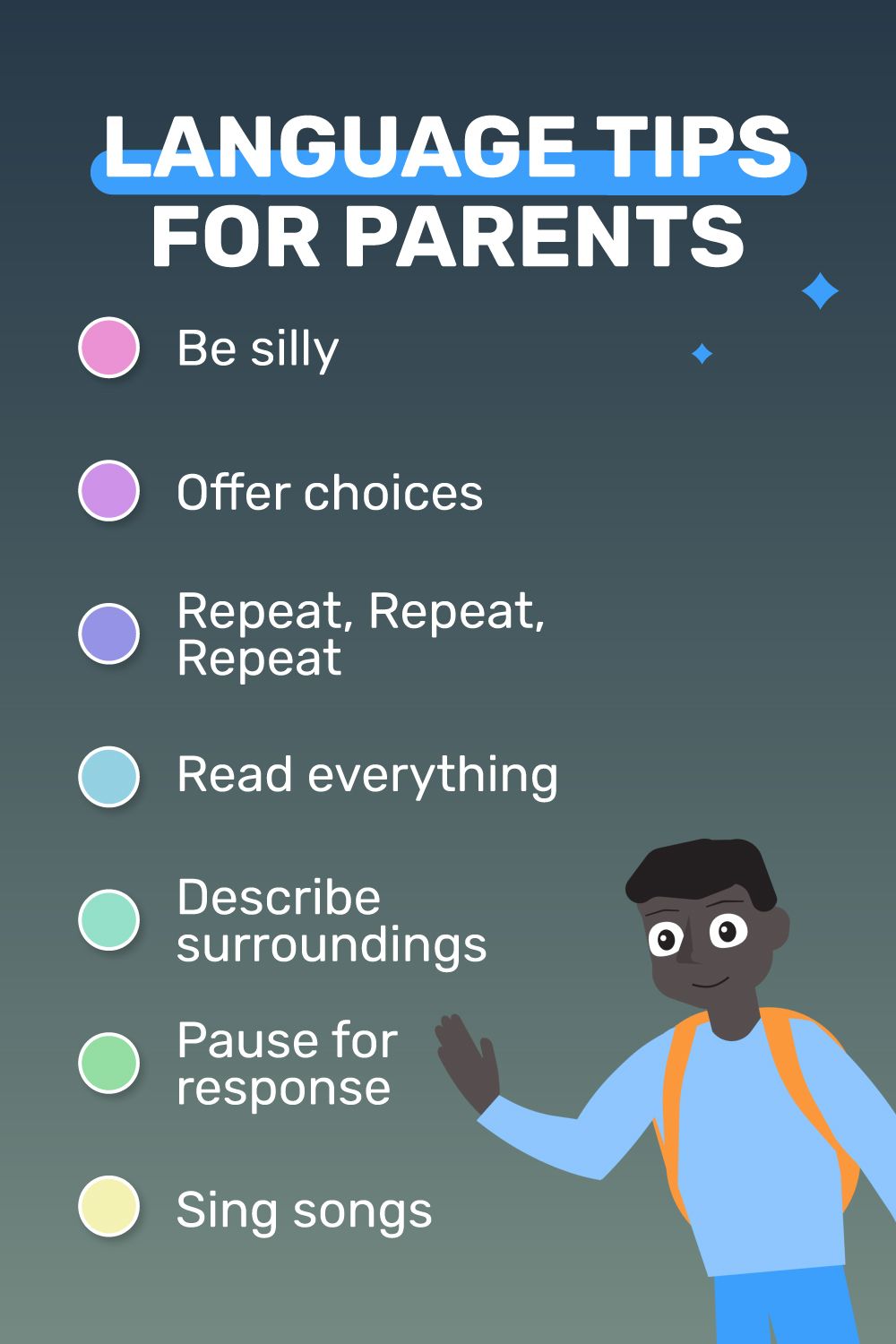CASE is used to facilitate communication between deaf and hearing individuals by combining ASL signs with English grammar. Here are some examples of how CASE is used:
| Context |
Usage of CASE |
| Educational settings |
Teachers use CASE to instruct deaf and hard-of-hearing students in mainstream classrooms. |
| Family communication |
Hearing family members learn CASE to better communicate with their deaf or hard-of-hearing loved ones. |
| Interpreting |
Interpreters may use CASE in situations where a mix of ASL and English is appropriate, such as in some educational or medical settings. |
CASE provides a bridge between ASL and English, allowing for more effective communication and inclusion of deaf and hard-of-hearing individuals in various settings.
This post was originally published on Sept. 15, 2023. It was updated on May 1, 2024.















